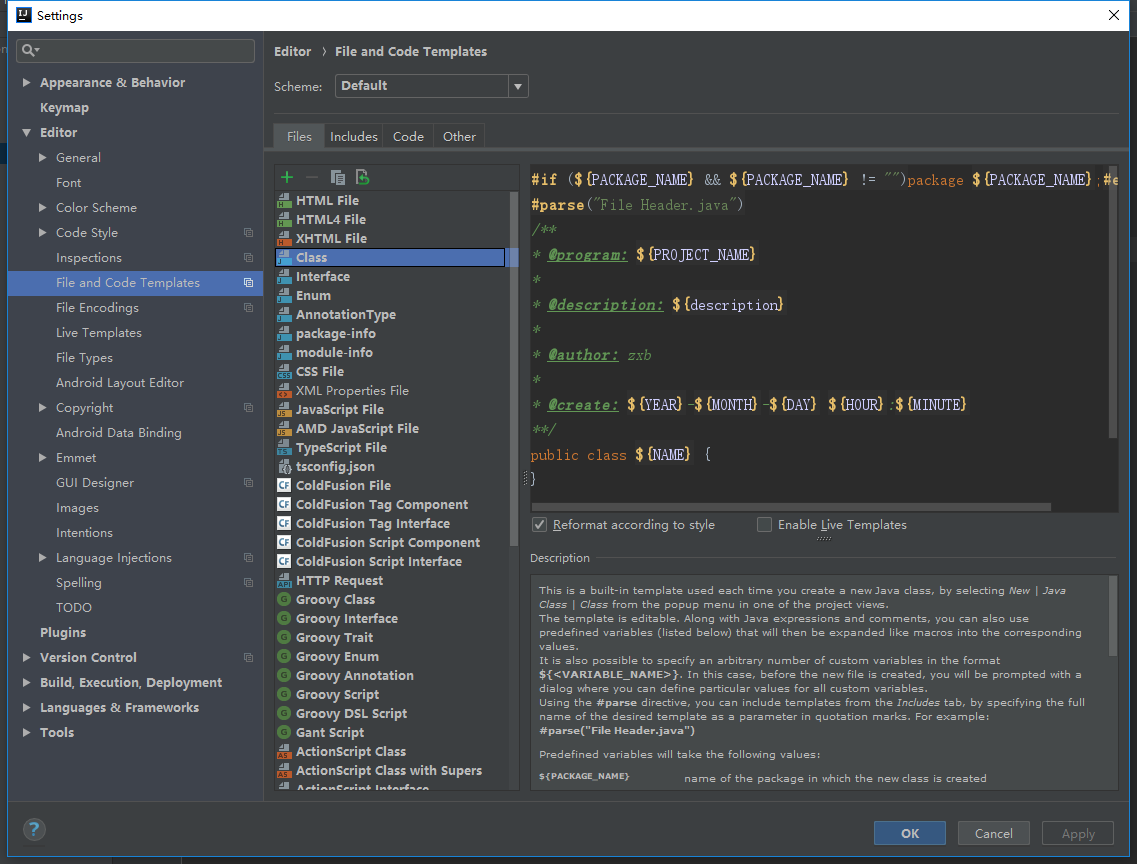I've got a data like below:
data <- structure(list(seq = c(1L, 1L, 2L, 2L, 2L, 2L, 2L, 2L, 2L, 2L,
2L, 2L, 2L, 2L, 2L, 2L, 2L, 2L, 2L, 2L, 2L, 2L, 2L, 2L, 2L, 2L,
2L, 2L, 2L, 2L, 2L, 2L, 2L, 2L, 2L, 2L, 2L, 2L, 2L, 2L, 2L, 2L,
2L, 2L, 2L, 2L, 2L, 2L, 2L, 2L, 3L, 3L, 3L, 3L, 4L, 4L, 4L, 4L,
4L, 5L, 5L, 5L, 5L, 6L, 6L, 6L, 6L, 6L, 6L, 6L, 6L, 6L, 6L, 6L,
6L, 6L, 6L, 6L, 6L, 6L, 6L, 6L, 6L, 6L, 6L, 6L, 6L, 7L, 7L, 7L,
7L, 7L, 8L, 8L, 9L, 9L, 9L, 10L, 10L, 10L), new_seq = c(2, 2,
NA, NA, NA, NA, NA, NA, NA, NA, NA, NA, NA, NA, NA, NA, NA, NA,
NA, NA, NA, NA, NA, NA, NA, NA, NA, NA, NA, NA, NA, NA, NA, NA,
NA, NA, NA, NA, NA, NA, NA, NA, NA, NA, NA, NA, NA, NA, NA, NA,
2, 2, 2, 2, NA, NA, NA, NA, NA, 4, 4, 4, 4, NA, NA, NA, NA, NA,
NA, NA, NA, NA, NA, NA, NA, NA, NA, NA, NA, NA, NA, NA, NA, NA,
NA, NA, NA, 6, 6, 6, 6, 6, NA, NA, 8, 8, 8, NA, NA, NA), value = c(2L,
0L, 0L, 1L, 0L, 5L, 5L, 3L, 0L, 3L, 2L, 3L, 2L, 3L, 4L, 1L, 0L,
0L, 0L, 1L, 1L, 0L, 2L, 5L, 3L, 0L, 1L, 0L, 0L, 0L, 1L, 1L, 3L,
5L, 3L, 1L, 1L, 1L, 0L, 1L, 0L, 4L, 3L, 0L, 3L, 1L, 3L, 0L, 0L,
1L, 0L, 0L, 3L, 4L, 5L, 3L, 5L, 3L, 5L, 0L, 1L, 1L, 3L, 2L, 1L,
0L, 0L, 0L, 0L, 5L, 1L, 1L, 0L, 4L, 1L, 5L, 0L, 3L, 1L, 2L, 1L,
0L, 3L, 0L, 1L, 1L, 3L, 0L, 1L, 1L, 2L, 2L, 1L, 0L, 4L, 0L, 0L,
3L, 0L, 0L)), row.names = c(NA, -100L), class = c("tbl_df", "tbl",
"data.frame"))
Column new_seq refers to the value of seq. For each value in new_seq which is not NA I would like to calculate a average of last 2 rows of value from respective seq. So, for example rows 1:2 of a new column should have a value of 0.5 (average of rows 49:50), rows 51:54 also should have a value of 0.5 (average of rows 49:50 as well), but rows 60:63 should have value of 4 (average of rows 58:59). How can I do that with tidyverse?






